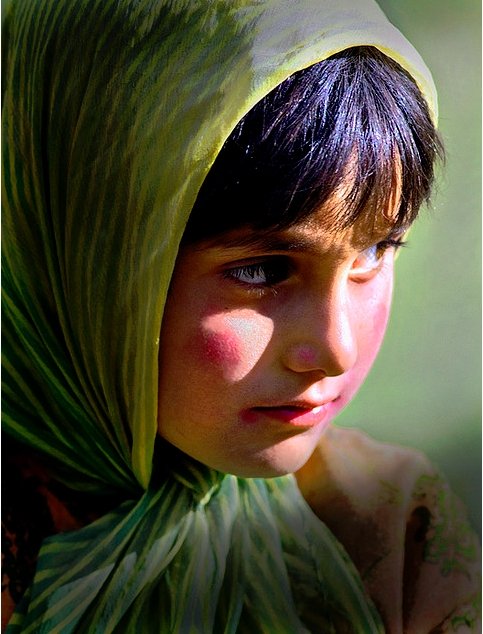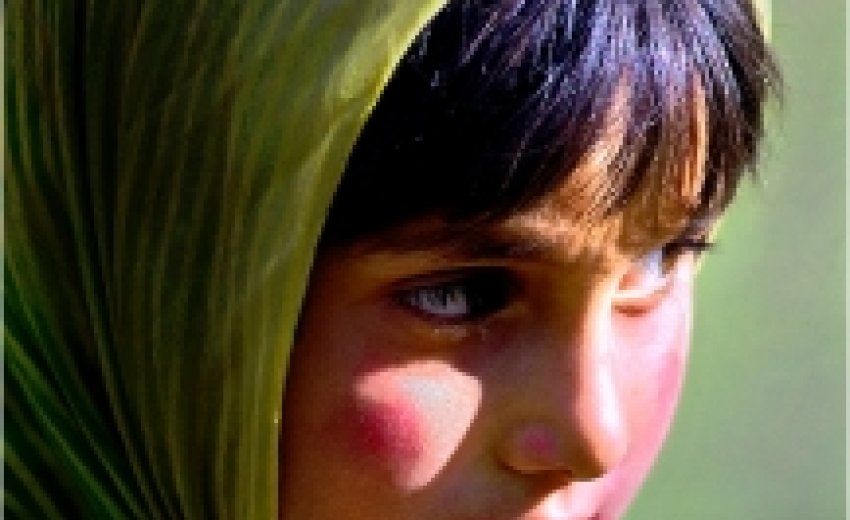 Srinagar, June 26 (ANI): The scriptures, whether Hindu or Muslim, Sikh or Buddhist, enjoin us to respect and protect all women be they mothers, daughters, sisters, wives.
Srinagar, June 26 (ANI): The scriptures, whether Hindu or Muslim, Sikh or Buddhist, enjoin us to respect and protect all women be they mothers, daughters, sisters, wives.
Yet women in this country continue to be disadvantaged. The Constitution of India ensures gender equality in its preamble. And did you know that the Indian woman had the right to vote long before her French or Swiss counterpart?
The largest democracy in the world voted to elect a female Prime Minister on January 24, 1966, a day that is given the status of a National Day for the Girl Child. There are few countries, even today, even in the so-called emancipated West, that have given women so high a place in public affairs. Yet year after year the gender ratio in India becomes more and more skewed in favour of the male.
And not a day goes by when we don't hear about a female foeticide somewhere in the land, a girl child, an infant girl abused, raped, murdered. Punjab, Haryana, Gujarat, Bihar have been the prime offenders for decades.
Today Kashmir, a Muslim majority state, has joined their ranks: the girl child is not welcome. Despite Prophet Muhammad's insistence on the safety and security of women, the overall sex ratio in Jammu and Kashmir stood at 883 females per 1000 males in 2011, indicating a fall of 9 points compared to the 2001 Census
So then why do we have a National Day of the Girl Child? Are we just paying lip service to the idea of female emancipation when nothing much has changed since Manu stated, way back in 200 BC: "By a young girl, by a young woman, or even by an aged one, nothing must be done independently, even in her own house". And further: "In childhood a female must be subject to her father, in youth to her husband; and when her lord is dead to her sons; a woman must never be independent."
India is shining, we are told. Certainly the country has made huge strides in the economic, scientific, industrial and other fields. But in the field of social development, we lag far behind. This country that worships the Mother, there are instances of girl children being killed before they are born; and those who survive the womb and come into this world, are subjected to deprivations, domestic violence in all its forms and discrimination.
It has been reported that the death toll amongst young girls in India exceeds that of young boys by over 300,000 each year. Gender disparities in nutrition are evident from infancy through adulthood. In fact, gender has been the most statistically significant determinant of malnutrition among young children and malnutrition is a frequent, direct or underlying, cause of death among girls below the age of five. Girl babies are less frequently breast-fed and for a shorter duration; in childhood and adulthood, males are fed first and better.
And, according to one estimate, an adult woman has to make do with approximately 1,000 fewer calories per day than a man. Nutritional deprivation has two major consequences for women: they never reach their full growth potential, and suffer anaemia, both serious risk factors in pregnancy. This condition complicates childbearing and results in female and infant deaths, and low birth weight infants.
One of the major reasons for this kind of discrimination is that "people continue to believe that women are weak, incapable, not worth educating. This belief impacts on her rights and rightful place from childhood into adulthood," believes Nighat Shafi Pandit, a well-known social activist.
"As the country started moving forward, and the right to education became universal, this belief began to fade in urban areas. Unfortunately, male prejudice found an outlet in the form of 'Domestic Violence'." And women suffer and continue to suffer. They face harassment, domestic violence, gender inequality, physical abuse, female foeticide, and the scourge of the dowry system that leads to murder and often suicide.
Although the media and civil society here in Kashmir fights shy of exposing domestic violence against women, stories crop up constantly about women beaten, tortured, divorced and even abandoned if they fail to give birth to a male child. It is strange that men continue to ignore the fact that it is not their wives who determine the sex of the child.
As a girl grows up, her expenses grow too. And as she reaches marriageable age, the thought of the dowry that must be provided begins to haunt the parents. Providing for boys is obviously more cost effective: they will bring in salaries, and dowries too. "But does that mean we must stop the female breed from coming into existence?" Pandit questions.
She also questions the credibility of the people who conducted the last census. "Did they gather data from Lala Ded hospital, or the Sub district hospitals where the majority of infant and maternal deaths take place? No. I have serious doubts about the veracity of the 2011 census".
Recently, the newspapers were full of news about a well-known sex determination clinic being sealed. The doctor had been caught conducting various surgical procedures and USG screenings for sex-determination. He was booked but his incarceration did not last long. Released on bail, he broke the seals on the clinic and picked up where he had left off.
"The need is to monitor such clinics. It serves little purpose to shut down the shops at one location only to see them pop up some place else," says Pandit.
Abdul Rashid Hanjoora, a renowned lawyer and social activist, on the other hand, believes that the plight of the girl child in Kashmir is not as bad as it is in other states like Punjab and Haryana. "But, yes," he says, "the conflict conditions that have prevailed for more than two decades have escalated the problems of the girl child in many ways, especially in rural areas, and most particularly on the educational front. On a recent visit to the southern part of Kashmir," he continued, "I found that girls were not attending school. When asked why, their parents said they could not risk it as the girls would have to cross several security force camps on the way and there was no guarantee of their safety".
While recalling another incident, he said: "Three or four years back, I received a call from a doctor posted in Lal Ded hospital who informed me that three newborn girls were found abandoned in one of the wards. Later, I admitted two of the girls to the SOS Children' Home at Baghat, Barzulla; the third child was adopted by a childless family".
Hanjoora believes that to protect the girl child, the state government not only needs to implement the centrally sponsored schemes in letter and spirit but also provide some financial assistance to parents who have more than one daughter in the form of job reservation and skill development.
But all that is a far cry when even the Integrated Child Protection Scheme (ICPS), launched by the Government of India three years ago, is yet to take off in Jammu and Kashmir. Although this flagship child protection scheme has been operational in several other states since its launch in 2009, Jammu Kashmir have yet to reap its benefits.
How serious the government is about the safety of children in general, and the girl child in particular, may be gauged by a simple example: Hilal Ahmed Parray, Director, Social Welfare, Kashmir, has no idea about and no information on the ICPS. He does, however, agree that there was a need to create awareness about the girl child. He says that his department provides nutrition and also gives pre- and post-matric scholarships, and minority scholarships to girls. He claims that 31,889 girls have been covered during the past year.
The Charkha Development Communication network feels that, to protect the girl child and ensure that women get their rightful place in society, it is essential to change peoples' mindset. Girls must be treated at par with boys. They must be allowed every opportunity to seek education, employment, make a life free from fear. Unless society does away with the male chauvinist mindset, nothing will change.
Men, governments, society, all need to pay heed to the words of the former UN Secretary General, Kofi Annan, who once said, "Gender equality is more than a goal in itself. It is a precondition for meeting the challenge of reducing poverty, promoting sustainable development and building good governance. There is a need for new kinds of institutions, incorporating new norms and rules that support equal and just relations between women and men."

